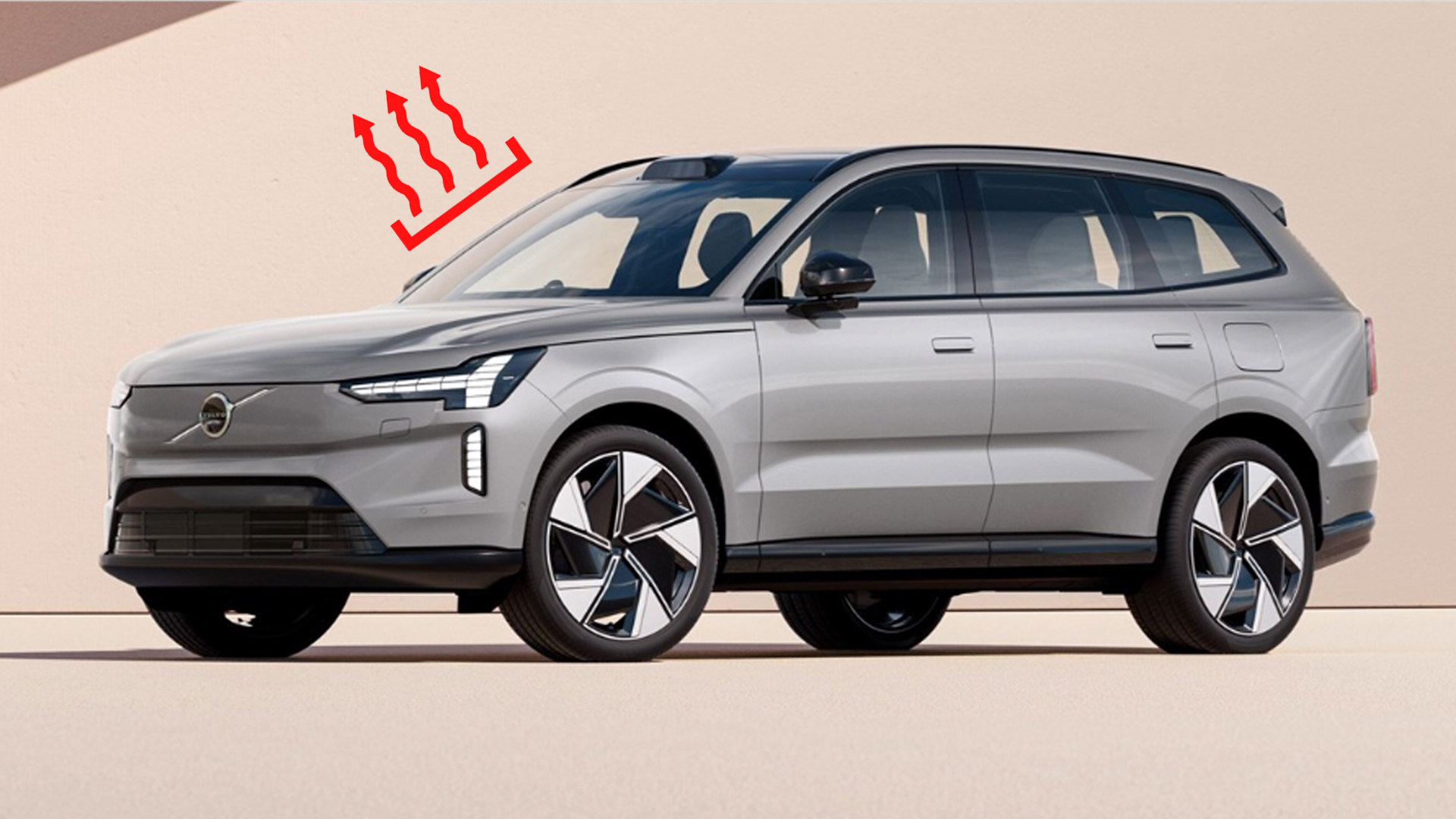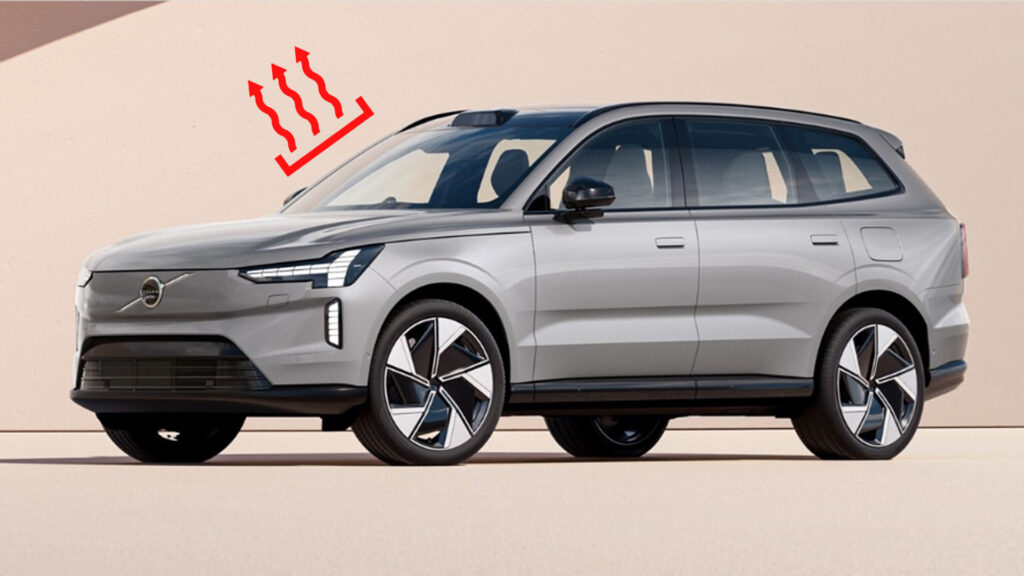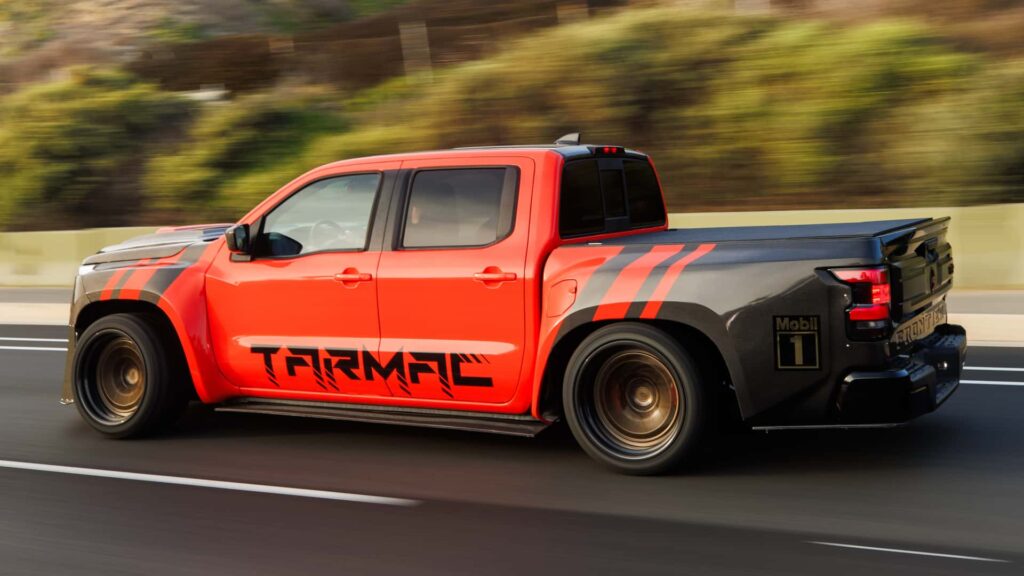
Automakers have tried just about every trick in the book to improve on-road efficiency over the years, but we must admit, using a heater to improve the range of an EV is not one we’d previously accounted for. After all, using resistive electric heat takes a lot of energy. How could a heating system possibly help range? As it turns out, it depends on what you heat.
As always, the issue isn’t using the heat, so much as how you use it. Heating the cabin? Sure, that’s super inefficient. Heating the battery pack, on the other hand, is good for both charging and range (and over time, is said to even improve battery life). But we already know all of that. What else could Volvo possibly have up its sleeve? Well, as it turns out, the answer here is skin-deep.
This patent, which was sniffed out by Carmoses, describes a system by which Volvo would engineer your car’s heater to intentionally warm the outer skin of your car—the windows, specifically—in an effort to warm up the air outside. Warmer air is less dense, which means it takes less energy to move it out of the way with a two-ton chunk of metal and glass. Maybe Elon’s flamethrower wasn’t such a bad idea after all. Here’s a more detailed explanation directly from the filing:
“The method comprises causing a vehicle heating system to heat at least a portion of an outer surface of the vehicle. […] The heating system may already be available. Heating a portion of the outer surface of the vehicle has the effect that a boundary layer of fluid, e.g. air, being located adjacent to the heated outer surface of the vehicle is heated as well. Consequently, a density of the fluid in the boundary layer is reduced. Since drag is a function of the density of the fluid in the boundary layer, heating the outer surface of the vehicle reduces the drag. Altogether, using this method offers a simple and reliable way to reduce drag and, thus, to increase the efficiency of a vehicle.”
Volvo’s patent diagram and description make this seem pretty simple. While it involves a “data processing apparatus,” a “computer program” and a “computer-readable storage medium” in addition to the standard heating system, this sounds a lot like standard onboard modules to us. As you can see above, there’s no special heater engineered for this application; Volvo’s patent seems to indicate that this would use a car’s existing heaters. That seems like a rather imprecise way to go about something we’d imagine requires some precision to produce measurable results, but hey, we’re not the engineers here.
Going deeper into Volvo’s description, this methodology can be applied to all of your car’s windows; even air passing along the sides and over the rear window (Hear that, Polestar?) “sticks” to some extent, increasing drag. The more air you heat, the more slippery the car becomes.
It’s a neat idea, certainly, and given that it works with existing parts, something that shouldn’t be too difficult to implement. But as with all patent applications, take it with a grain of salt. Most of these novel ideas never make it to production.
Got any other unconventional aerodynamic ideas? Send us a note at tips@thedrive.com.


